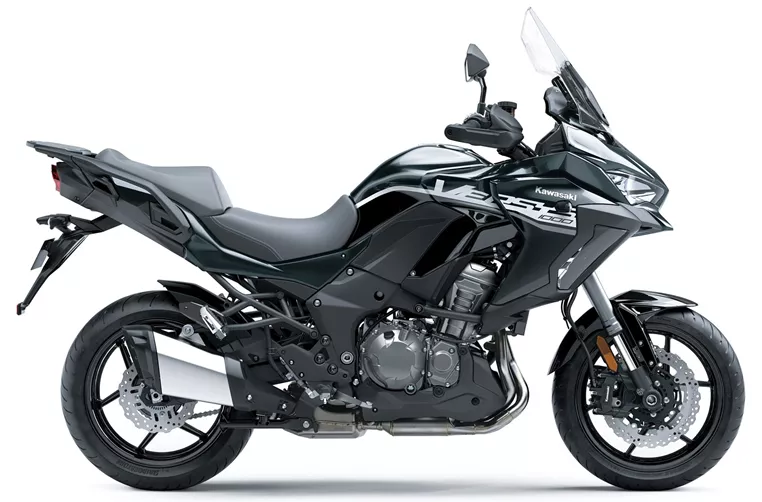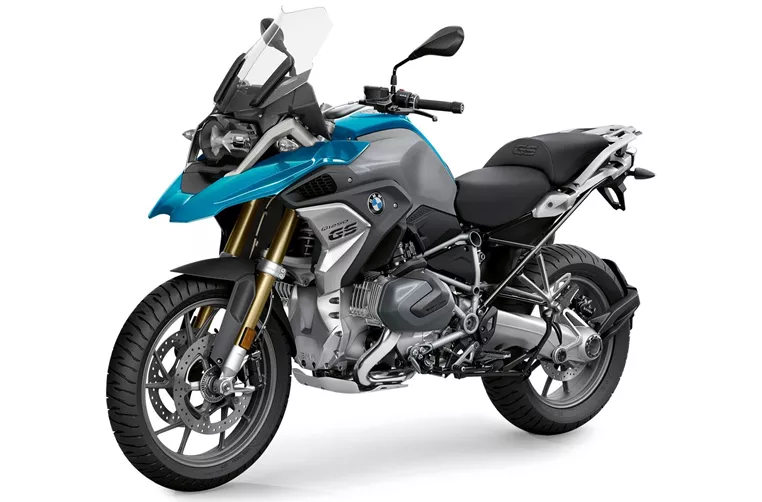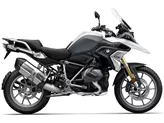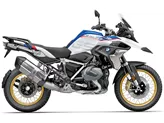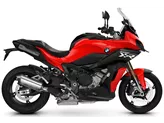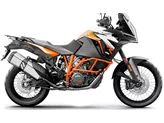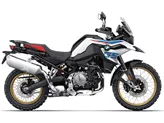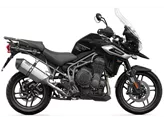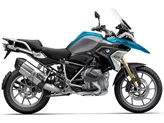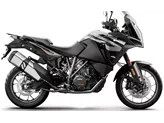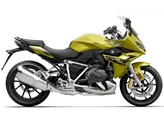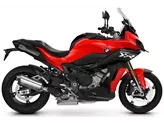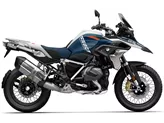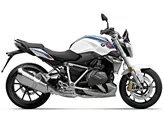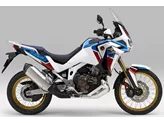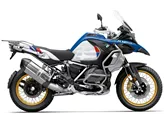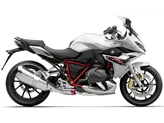Kawasaki Versys 1000 SE 2020 vs. BMW R 1250 GS 2020
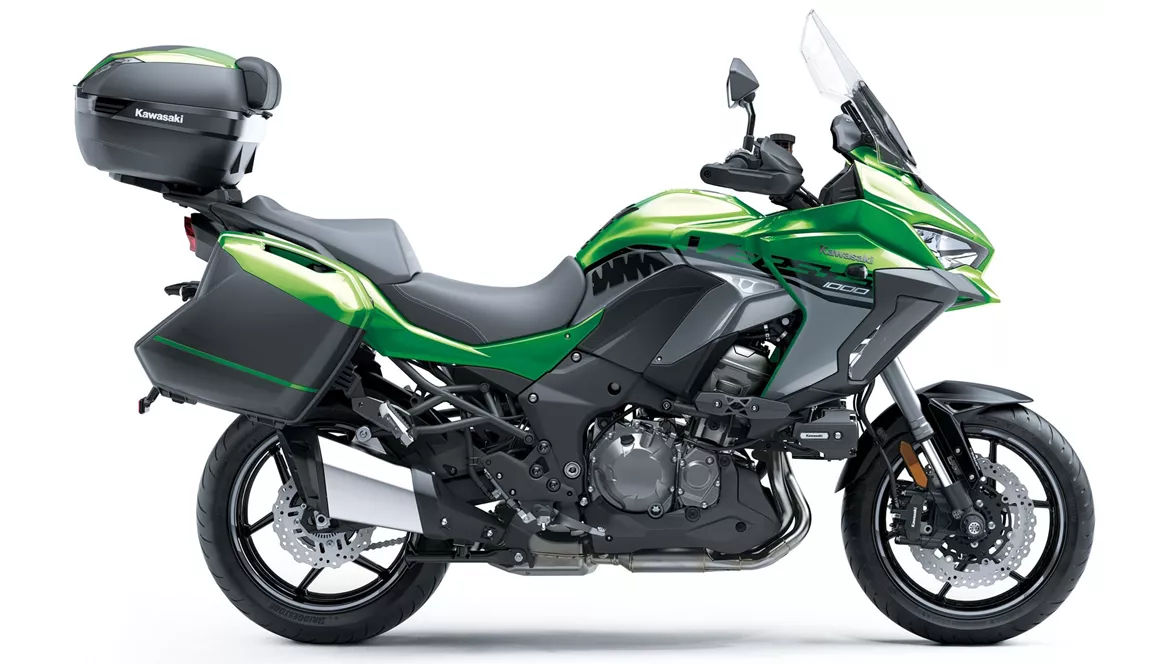
Kawasaki Versys 1000 SE 2020
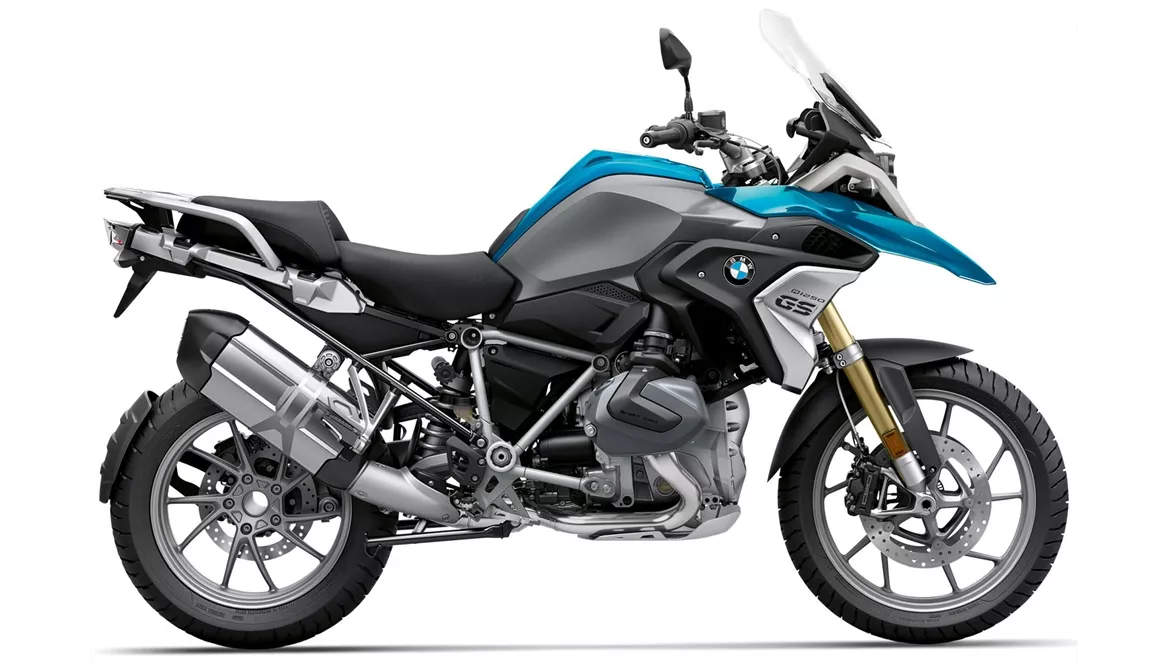
BMW R 1250 GS 2020
Overview - Kawasaki Versys 1000 SE 2020 vs BMW R 1250 GS 2020
The Kawasaki Versys 1000 SE 2020 and the BMW R 1250 GS 2020 are both enduro motorcycles that offer a range of features and capabilities.
In terms of engine specifications, the Versys 1000 SE has an in-line, 4-cylinder engine with a displacement of 1043cc. It produces 120 horsepower and 102 Nm of torque. On the other hand, the R 1250 GS has a boxer, 2-cylinder engine with a displacement of 1254cc. It delivers 136 horsepower and 143 Nm of torque. The BMW has a slightly more powerful engine with higher torque, which provides it with excellent acceleration and power delivery.
Both motorcycles have electric starters and offer smooth and responsive transmissions. The Versys 1000 SE uses a chain drive, while the R 1250 GS utilizes a prop shaft drive. The chain drive of the Versys 1000 SE may require more maintenance compared to the prop shaft drive of the R 1250 GS, but it offers a more direct power transfer.
In terms of suspension, the Versys 1000 SE features an upside-down telescopic fork at the front and a swing arm with a monoshock at the rear. It offers 150mm of travel at the front and 152mm at the rear, with adjustable compression, preload, and rebound settings. On the other hand, the R 1250 GS has a telelever front suspension and a single swing arm with a monoshock at the rear. It provides 190mm of travel at the front and 200mm at the rear, with adjustable preload and rebound settings. Both motorcycles offer excellent suspension capabilities, allowing for a comfortable and controlled ride over various terrains.
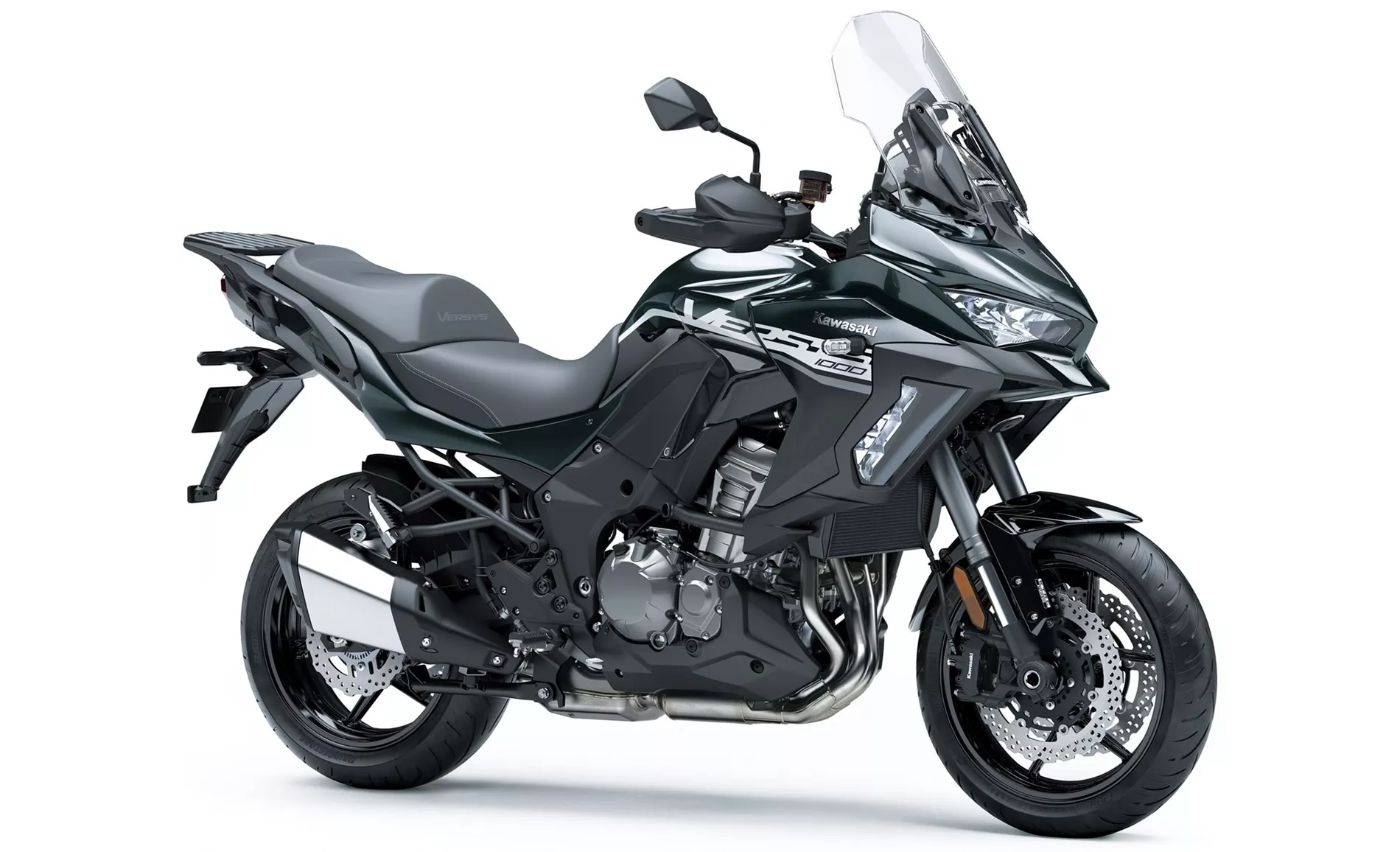
Kawasaki Versys 1000 SE 2020
In terms of chassis, the Versys 1000 SE features an aluminum frame, while the R 1250 GS has a steel frame. The aluminum frame of the Versys 1000 SE offers a lightweight and rigid structure, providing excellent handling and maneuverability. The steel frame of the R 1250 GS offers durability and stability, making it suitable for off-road adventures.
Both motorcycles have double disk brakes at the front, providing strong and reliable stopping power. The Versys 1000 SE and the R 1250 GS both come equipped with advanced rider assistance systems such as ABS and ride-by-wire technology. The R 1250 GS also offers additional features like anti-slipping control and riding modes, enhancing its overall safety and performance.
In terms of dimensions and weights, the Versys 1000 SE has a wheelbase of 1520mm and a seat height of 840mm. It weighs 257kg with ABS and has a fuel tank capacity of 21 liters. On the other hand, the R 1250 GS has a slightly longer wheelbase of 1525mm and a slightly higher seat height of 850mm. It weighs 249kg with ABS and has a fuel tank capacity of 20 liters. Both motorcycles offer comfortable seating positions and ample fuel capacity for long-distance rides.
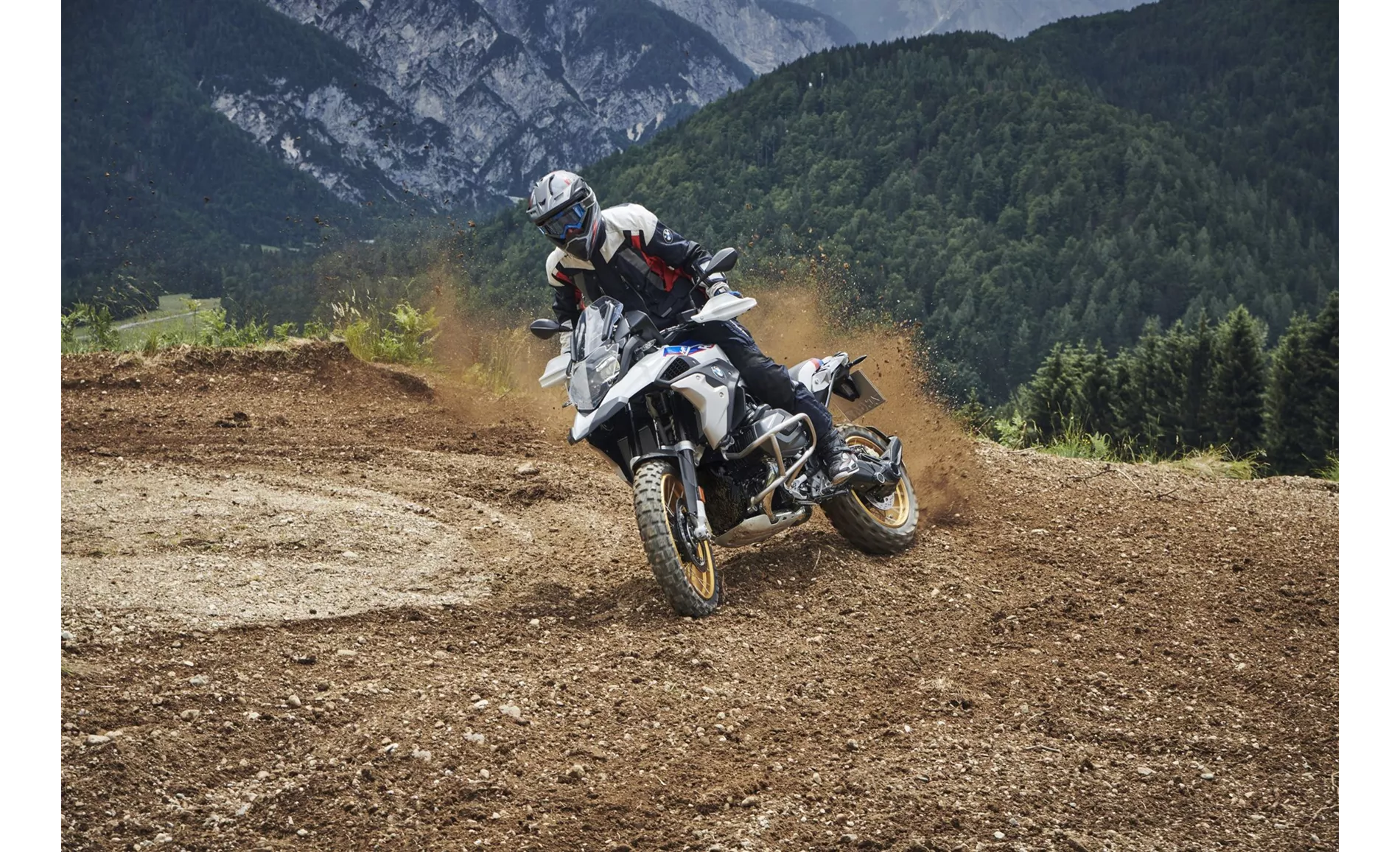
BMW R 1250 GS 2020
In terms of equipment, the Versys 1000 SE comes with heated grips, cornering lights, and LED headlights. The R 1250 GS features LED headlights and an adjustable windscreen. Both motorcycles offer good weather protection and enhanced visibility.
In terms of strengths, the Versys 1000 SE offers high riding comfort for both the rider and passenger, with great wind and weather protection. Its high-quality chassis can be adjusted precisely to meet different requirements, and its engine is well controllable and rev-happy, providing a strong pull. On the other hand, the R 1250 GS boasts an extremely high-torque boxer engine with a good sound. It offers a comfortable seating position suitable for long distances, stable braking performance, and good weather protection. It also comes with a standard color TFT display and LED headlights.
In terms of weaknesses, the Versys 1000 SE's standard windshield may be too generously dimensioned at high temperatures, providing minimal wind even at the lowest setting. Additionally, its display and mobile phone app may not be as advanced as those of its competitors. On the other hand, the R 1250 GS has manageable standard equipment and a long surcharge list. It also has a jagged appearance with little elegance.
Overall, both the Kawasaki Versys 1000 SE 2020 and the BMW R 1250 GS 2020 offer excellent performance, comfort, and safety features. The choice between the two would depend on personal preferences, riding style, and intended use.
Technical Specifications Kawasaki Versys 1000 SE 2020 compared to BMW R 1250 GS 2020
Pros and Cons in comparison
Pros and Cons in comparison
Kawasaki Versys 1000 SE 2020
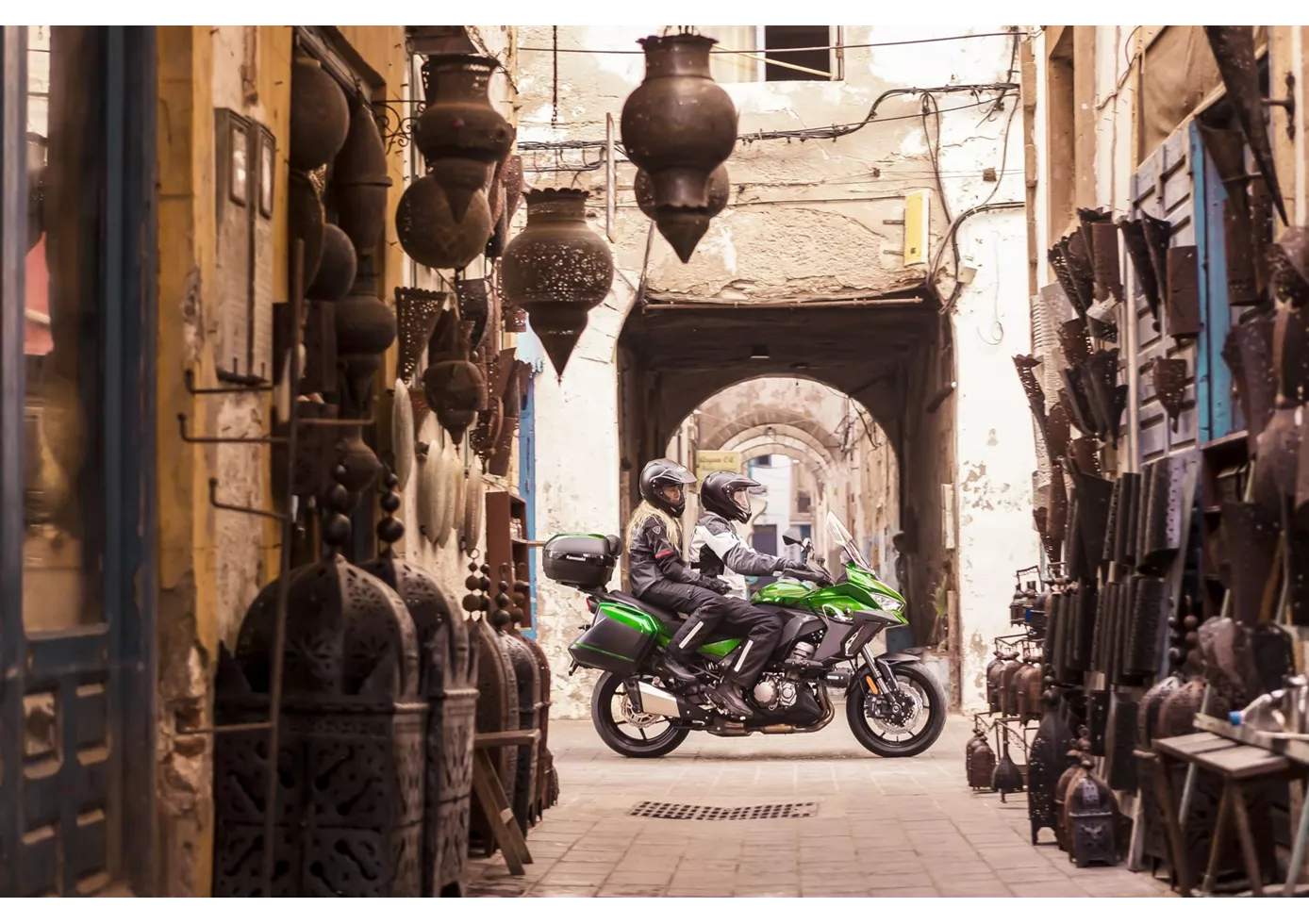
The Kawasaki Versys 1000 SE is a particularly well-designed representative of a type that is so difficult to categorise. In the end, it is simply a very good and universal motorbike. At the regulars' table, it will hardly score points with 120 hp. But in practice, all elements of the motorbike are designed and dimensioned in such a way that you enjoy riding it for a long time. On long tours, it has sufficient power, offers dynamic handling and high riding comfort. Compared to the competition, you hardly miss the power. Kawasaki should improve on the integration of a Navigatinos app in the display.
BMW R 1250 GS 2020
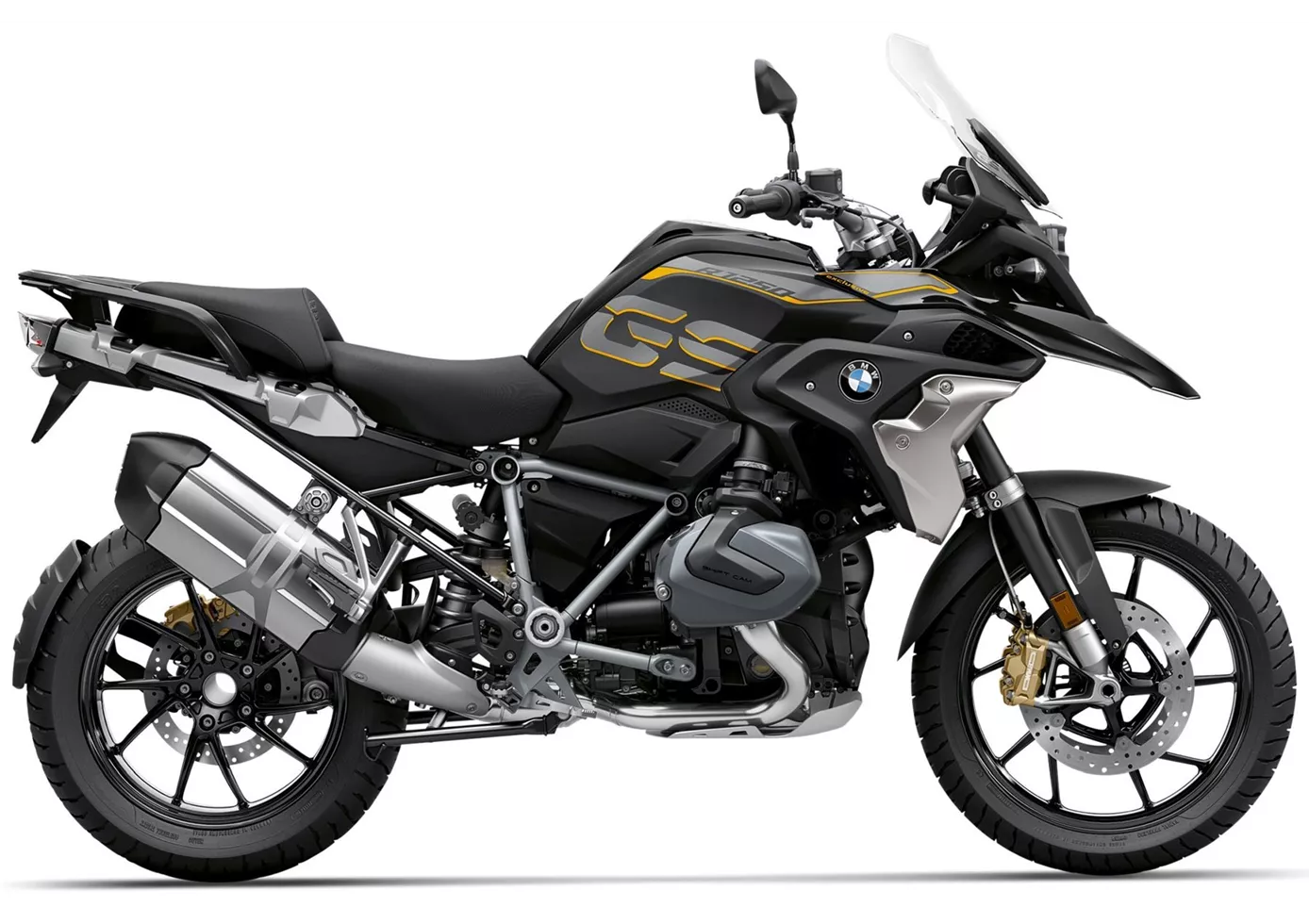
The BMW R 1250 GS is the logical further development of the R 1200 GS - logical above all because one should not expect such a popular motorbike to be radically changed. Accordingly, the design has been changed cautiously, and the familiar options for the chassis and electronics have been retained. The new name R 1250 GS, however, promises a new engine - and it really is something! 136 hp at 7750 rpm and a whopping 143 Newton metres of maximum torque at 6250 rpm are an absolute blast! BMW has thus renovated the big GS almost perfectly: it remains clearly recognisable, has a little more electronics as standard, a still long list of surcharges (which customers like to tick from A to Z) and a now even better and more sovereign power plant - what more could you want?!
Price Comparison Avarage Market Price Kawasaki Versys 1000 SE vs BMW R 1250 GS
There are a few key differences between a Kawasaki Versys 1000 SE 2020 and a BMW R 1250 GS 2020. In terms of price, the actual average price of a BMW R 1250 GS 2020 is about 29% higher. Compared to BMW R 1250 GS 2020 there are less Kawasaki Versys 1000 SE 2020 bikes available on the 1000PS.de Marketplace, specifically 8 compared to 71. It takes less time to sell a BMW R 1250 GS with 43 days compared to 156 days for the Kawasaki Versys 1000 SE. Since model year 2019 1000PS.de editors have written 12 reviews for the Kawasaki Versys 1000 SE and 50 reviews for the BMW R 1250 GS since model year 2019. The first review for the Kawasaki Versys 1000 SE was published on 06/11/2018 and now has more than 25,500 views. This compares to more than 305,600 views for the first review on BMW R 1250 GS published on 19/09/2018.
